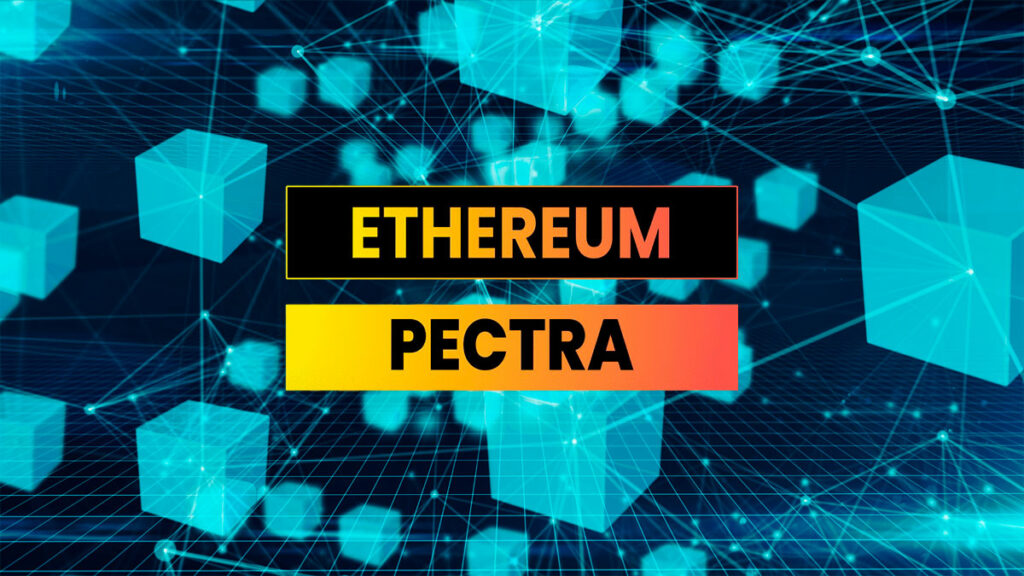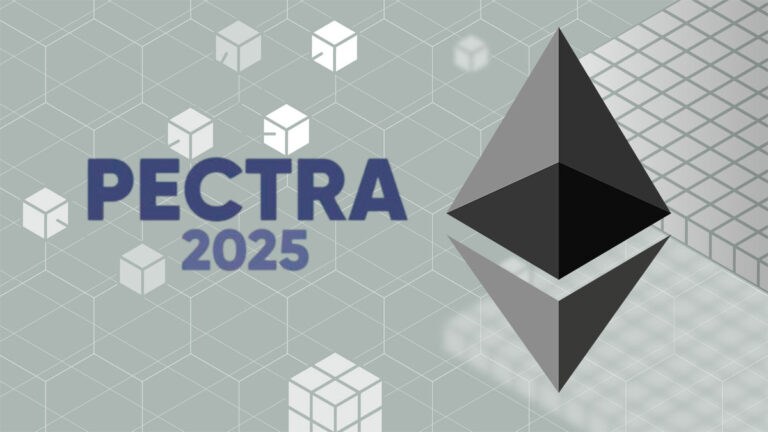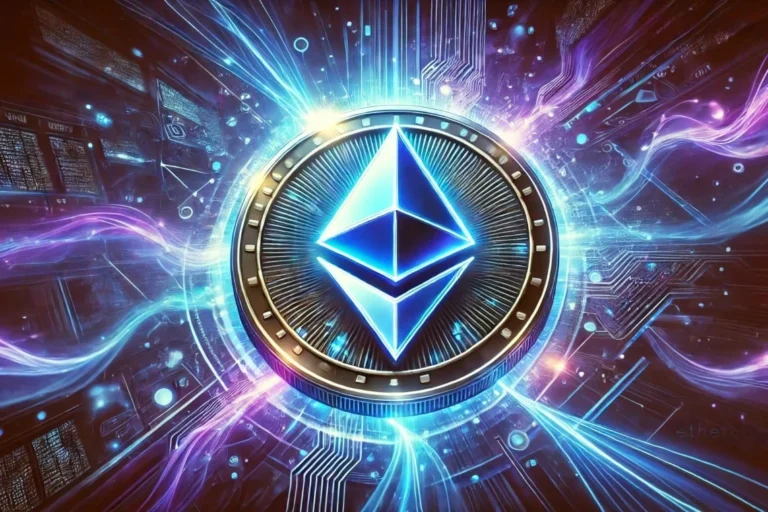The Hook: A Major Ethereum Upgrade Faces Delays—Will Developers Fix It in Time?
Imagine Ethereum as a massive, complex spaceship that’s constantly upgrading while flying at full speed. The upcoming Pectra upgrade is one of its most important overhauls, set to make Ethereum faster, more efficient, and easier to use. But suddenly, a major test network—Holesky—crashed while testing Pectra, throwing everything into chaos. Now, Ethereum developers are scrambling to set up a “shadow network” to prevent months of delays. Will they pull it off, or is Ethereum about to hit a roadblock?
What’s Going On?
Ethereum developers were testing the Pectra hard fork, which is a big system update. It was supposed to launch in early spring, but a critical failure on the Holesky testnet on February 24 stopped all progress. Since Holesky was essential for testing, the developers had no place to safely experiment with Pectra.
Now, Ethereum’s core devs have come up with a solution: create a shadow fork of Holesky. This would act as a temporary test network where they can continue working on Pectra while they fix Holesky in the background.
Why Is This Important?
Pectra is set to introduce game-changing upgrades to Ethereum, including:
- Paying gas fees in tokens other than ETH – This means users won’t always need ETH to interact with the network.
- Account Abstraction – A revolutionary feature that makes wallets more flexible and programmable, turning them into smart accounts.
- More staking opportunities – Increasing the staking limit and improving Ethereum’s staking system.
If Pectra is delayed, Ethereum’s progress as a leading blockchain could slow down, making it less competitive against other networks.
What Went Wrong?
- The Holesky testnet crashed due to a misconfiguration in Ethereum’s client software.
- A separate Sepolia testnet also encountered errors shortly after, raising concerns about Ethereum’s overall testing process.
- The Ethereum Foundation (EF) quickly patched Holesky, but the network is still not fully operational.
- Without a working testnet, Pectra’s research and testing have come to a standstill.
The Quick Fix: A Shadow Network
Since waiting for Holesky to come back online isn’t an option, Ethereum devs decided to clone it and launch a shadow fork—basically a copy of Holesky that will act as a temporary testing ground.
- The shadow fork could be ready by next week.
- It will include most of Holesky’s features.
- Some worry that not all applications (like Aave and Lido) will work properly on it.
- It’s unclear whether this shadow fork will be a long-term solution or just a temporary fix.
This strategy is similar to what Ethereum did in 2022 when they tested The Merge, which transitioned Ethereum from Proof-of-Work to Proof-of-Stake.
The Bigger Debate: What Happens to Holesky?
Now that Ethereum is creating a shadow fork, some are wondering if Holesky should even continue. Some developers worry that maintaining two testnets at the same time will split resources and slow down testing.
- Should Ethereum keep both Holesky and the shadow fork?
- Or should Holesky be abandoned once it’s back up?
- Some worry that if the shadow fork becomes the main testnet, Holesky will become irrelevant.
For now, developers agree that both testnets should continue to exist—at least until Pectra is stable.
Why This Matters for You
If you’re interested in Ethereum, crypto, or blockchain development, this situation highlights why testnets are crucial for network upgrades. It also shows how complex Ethereum development really is—every upgrade requires meticulous planning, testing, and troubleshooting.
Key Takeaways:
- Pectra is Ethereum’s next big upgrade, but it’s facing delays due to testnet failures.
- Developers are creating a “shadow fork” of Holesky to keep things on track.
- This upgrade could make Ethereum more user-friendly, more efficient, and more decentralized.
- There’s an open debate about whether Ethereum should maintain both testnets in the future.
Final Thoughts
Ethereum’s developers are in a race against time to prevent delays in one of its biggest upgrades. The fate of Pectra—and possibly Ethereum’s innovation speed—depends on whether this shadow network works as planned. If they succeed, Ethereum takes a big step forward. If they fail, delays could frustrate users, developers, and investors, making Ethereum less competitive in the fast-moving blockchain world.
The question now is: Will Ethereum’s devs pull off another miracle, or will Pectra face months of delays?



